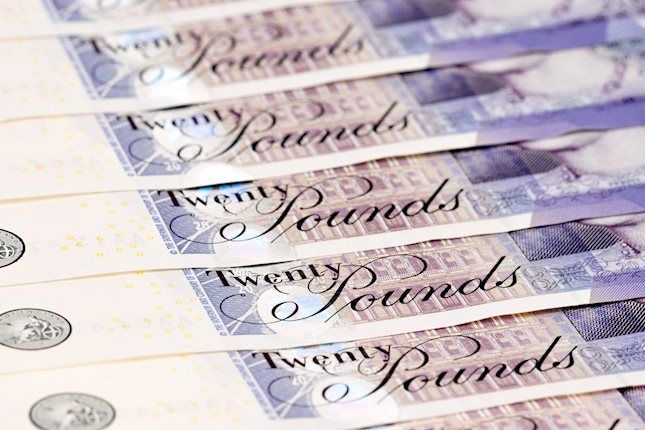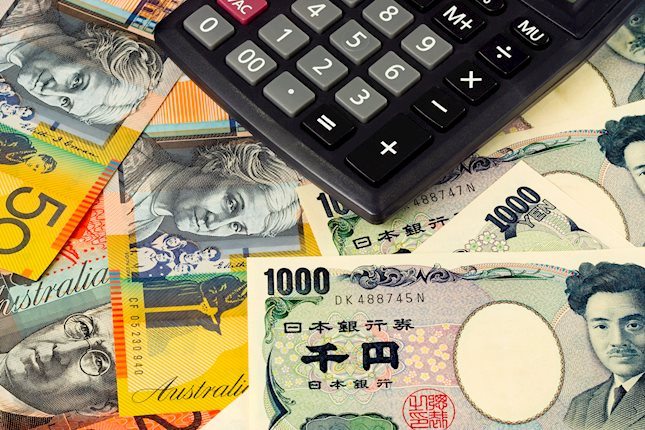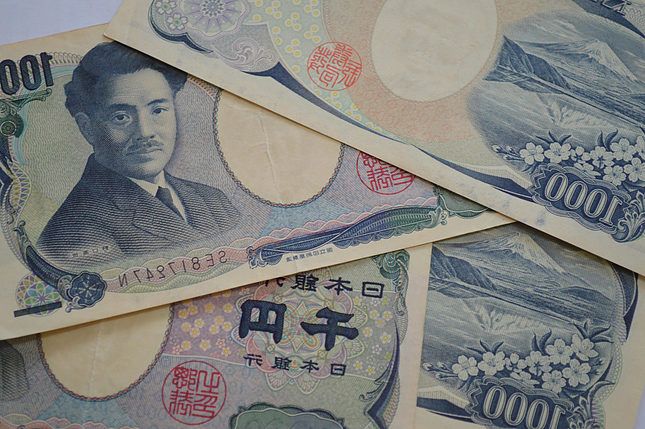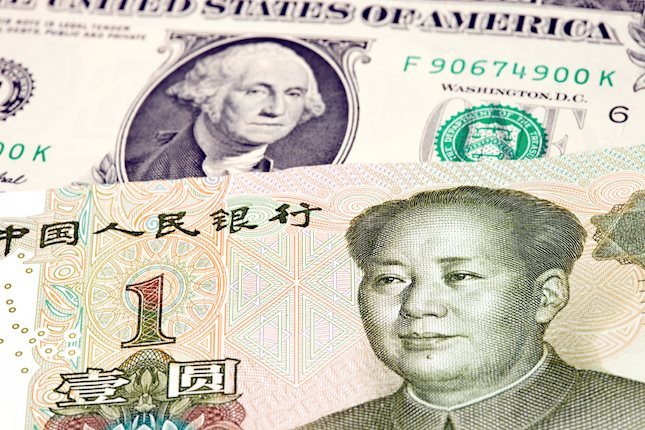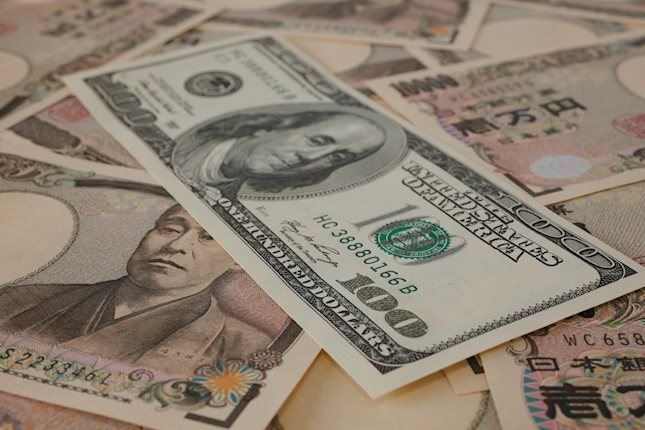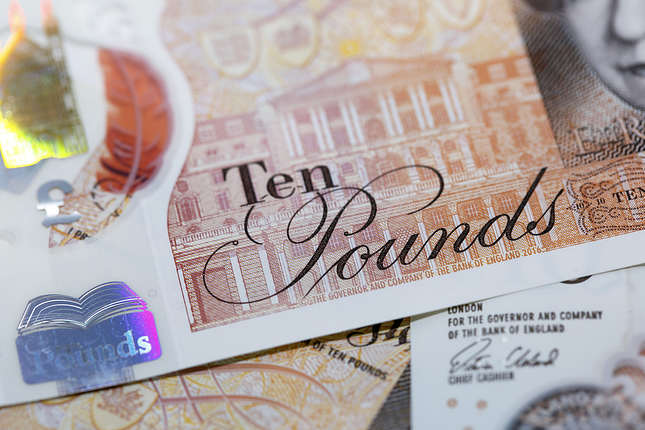USD/INR loses momentum ahead of US housing data, Fedspeak
- The Indian Rupee edges higher in Friday’s Asian session.
- Substantial equity outflows, higher crude oil prices might drag the INR down, but possible RBI intervention might cap its downside.
- Investors await the US housing data and FedSpeaks later on Friday.
The Indian Rupee (INR) recovers on Friday on the modest decline of the US Dollar (USD). The upside of the local currency might be limited amid foreign fund outflows, a negative trend in domestic equities and the recent spike in crude oil prices. Additionally, the rising expectations the Federal Reserve (Fed) would cut rates less aggressively might strengthen the Greenback and weigh on the INR.
Nonetheless, the routine foreign exchange interventions by the Reserve Bank of India (RBI) through USD sales could help limit the INR’s losses. Looking ahead, the US Building Permits and Housing Starts are due later on Friday. The Fed’s Raphael Bostic, Neel Kashkari and Christopher Waller are scheduled to speak on the same day.
Daily Digest Market Movers: Indian Rupee rebounds, the potential upside seems limited
- The BSE Sensex dropped 494.75 points, or 0.61%, to end at 81,006.61, while the broader NSE Nifty index closed at 24,749.85, down 221.45 points, or 0.89% from its previous close.
- Foreign investors have sold $8 billion worth of domestic stocks over October so far, the highest monthly outflow in over four years.
- The US Retail Sales climbed by 0.4% MoM in September from a 0.1% rise in August, beating the estimations of 0.3%, the US Census Bureau showed Thursday. Retail sales excluding autos arrived at 0.5% MoM in September versus 0.2% prior (revised from 0.1%), stronger than the 0.1% expected.
- The US Initial Jobless Claims for the week ending October 11 rose to 241K. The figure came in below the market consensus and the previous week's of 260K (revised from 258K).
- According to the CME FedWatch tool, traders have priced in a nearly 90.3% chance of a 25 basis points (bps) Fed rate cut in November.
Technical Analysis: USD/INR keeps the bullish vibe in the longer term
The Indian Rupee trades stronger on the day. According to the daily chart, the USD/INR pair maintains a constructive outlook as the price is well-supported above the ascending trend line and the key 100-day Exponential Moving Average (EMA). The path of least resistance is to the upside, as the 14-day Relative Strength Index (RSI) is located above the midline near 60.60, hinting that the uptrend is more likely to gain traction than the reverse.
The immediate resistance level for the pair emerges near the all-time high of 84.15. Further north, the next upside barrier is seen at 84.50, en route to the 85.00 psychological level.
On the flip side, a decisive break below the rising trend line could pave the way to 83.90, the low of October 10. The key contention level is located at 83.71, the 100-day EMA. The additional downside filter to watch is 83.00, representing the round mark and the low of May 24.

Indian economy FAQs
The Indian economy has averaged a growth rate of 6.13% between 2006 and 2023, which makes it one of the fastest growing in the world. India’s high growth has attracted a lot of foreign investment. This includes Foreign Direct Investment (FDI) into physical projects and Foreign Indirect Investment (FII) by foreign funds into Indian financial markets. The greater the level of investment, the higher the demand for the Rupee (INR). Fluctuations in Dollar-demand from Indian importers also impact INR.
India has to import a great deal of its Oil and gasoline so the price of Oil can have a direct impact on the Rupee. Oil is mostly traded in US Dollars (USD) on international markets so if the price of Oil rises, aggregate demand for USD increases and Indian importers have to sell more Rupees to meet that demand, which is depreciative for the Rupee.
Inflation has a complex effect on the Rupee. Ultimately it indicates an increase in money supply which reduces the Rupee’s overall value. Yet if it rises above the Reserve Bank of India’s (RBI) 4% target, the RBI will raise interest rates to bring it down by reducing credit. Higher interest rates, especially real rates (the difference between interest rates and inflation) strengthen the Rupee. They make India a more profitable place for international investors to park their money. A fall in inflation can be supportive of the Rupee. At the same time lower interest rates can have a depreciatory effect on the Rupee.
India has run a trade deficit for most of its recent history, indicating its imports outweigh its exports. Since the majority of international trade takes place in US Dollars, there are times – due to seasonal demand or order glut – where the high volume of imports leads to significant US Dollar- demand. During these periods the Rupee can weaken as it is heavily sold to meet the demand for Dollars. When markets experience increased volatility, the demand for US Dollars can also shoot up with a similarly negative effect on the Rupee.
Forex News
Keep up with the financial markets, know what's happening and what is affecting the markets with our latest market updates. Analyze market movers, trends and build your trading strategies accordingly.

